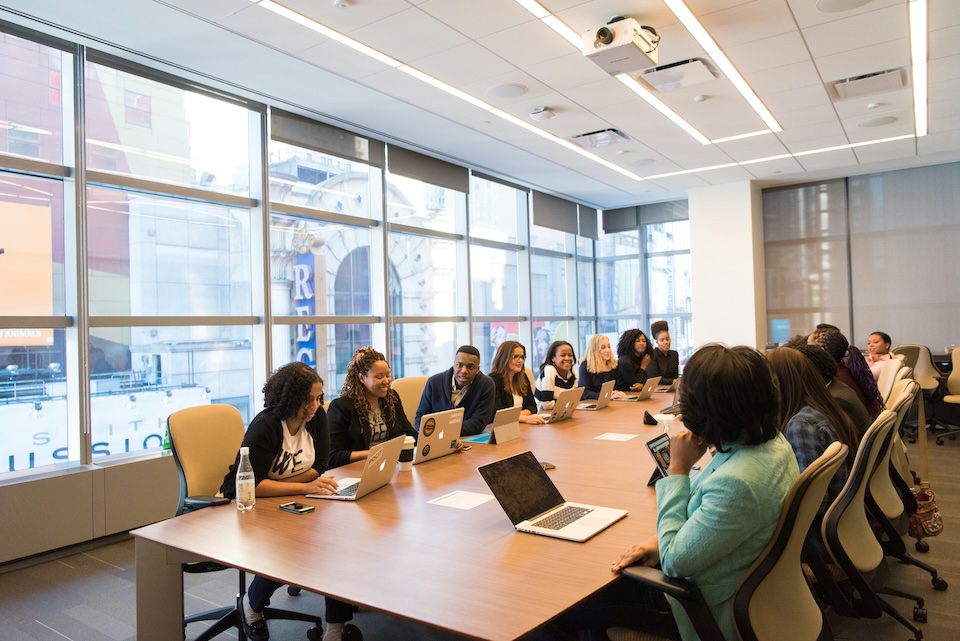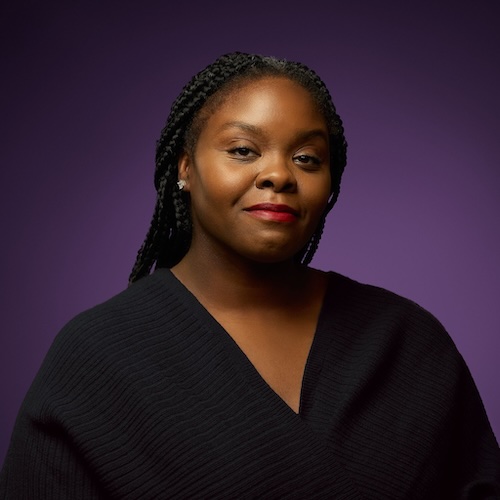For Diverse Perspectives, the Creative Edge Is Lived, Not Learned
Why you should hire for what can't be taught

Let’s skip buzzwords like “marginalized people.” Even that phrase feels insufficient. It implies a passive distance, as if systems of exclusion are accidental or somehow neutral. They’re not. And if you’re still building brands without intentionally including people who have historically been excluded—Black folks, people with disabilities, LGBTQ+ creatives, immigrants, first-gen professionals—you’re behind and likely ineffective.
The argument for building diverse teams has often been framed as a moral or ethical obligation. Lately, as DEI programs get walked back under political pressure, some leaders are asking how to justify their continued investment.
But the real question is: How can you afford not to?
If you’re in marketing, you’re in the business of understanding people. You’re trying to move culture, shape behavior and earn trust. That means your job, fundamentally, is to listen. And the best listeners in this business are the ones who bring their own lived experience to the table.
You want to talk to Black moms? Hire someone who is one, or was raised by one. Want to understand Gen Z’s mental health crisis? Bring in people who aren’t just quoting research, but living that tension. We’ve spent far too long hiring for polish over perspective, for proximity over authenticity.
The industry’s 2020 reckoning post-George Floyd was mostly performative. A flood of statements, commitments, DEI hires and campaigns made a lot of people feel good for a little while. But now that the public interest has cooled, we’re watching companies quietly retreat. Budgets and programs get slashed. And all those pledges? Mostly paper.
But here’s what’s changed
The audience is watching. Consumers are savvier than ever. They are paying attention to how brands behave, not just what they say. If the team behind the work doesn’t reflect the people you’re trying to reach, it shows. And it’s costing you.
I’ve been in enough rooms to hear the usual excuses. “We don’t know where to find diverse talent.” That’s not a pipeline problem. That’s a priority problem. Talent is out there—at community colleges, at HBCUs, at creative bootcamps, at nonprofit-led mentorship programs, in neighborhoods your recruiters never set foot in. If you haven’t found them, you haven’t looked. Or you weren’t really trying.
We should be asking ourselves: Who do we want to be when we grow up? What do we want to do with the power of our influence? If there was ever an industry that could push back against the urge to return to the so-called “golden years”—a time when voices from the margins were ignored—it’s this one. We shape perception. We decide who gets seen. And we become what we see.
America will never again be as whitewashed as some administrations might be trying to make it. But even if it could, should we want that? Do we want to erase the complexities, contradictions and cultural genius that make this country interesting in the first place?
This work is creative survival in a sea of noise, not the ebbs and flows of political alignment.
So what now? Here’s how to back your values with action:
- Rethink your definition of expertise. Lived experience is a form of intelligence. Prioritize it.
- Audit your team, not just your work. Who’s shaping the ideas? Who’s approving them? Who’s not in the room?
- Recruit beyond the usual suspects. If your entire team went to the same ten schools, your worldview is already limited.
- Put money where your mouth is. Pay the consultants. Fund the partnerships. Sponsor the programs. This is not a volunteer effort.
- Make belonging a measurable outcome. Not just hiring—but retention, promotion, and actual influence on the work.
The bottom line? Representation isn’t a box to check. It’s a prerequisite for building anything real, lasting, or effective. You cannot market to people you refuse to include. And you can’t build trust with people you keep ignoring.



 Events
Events